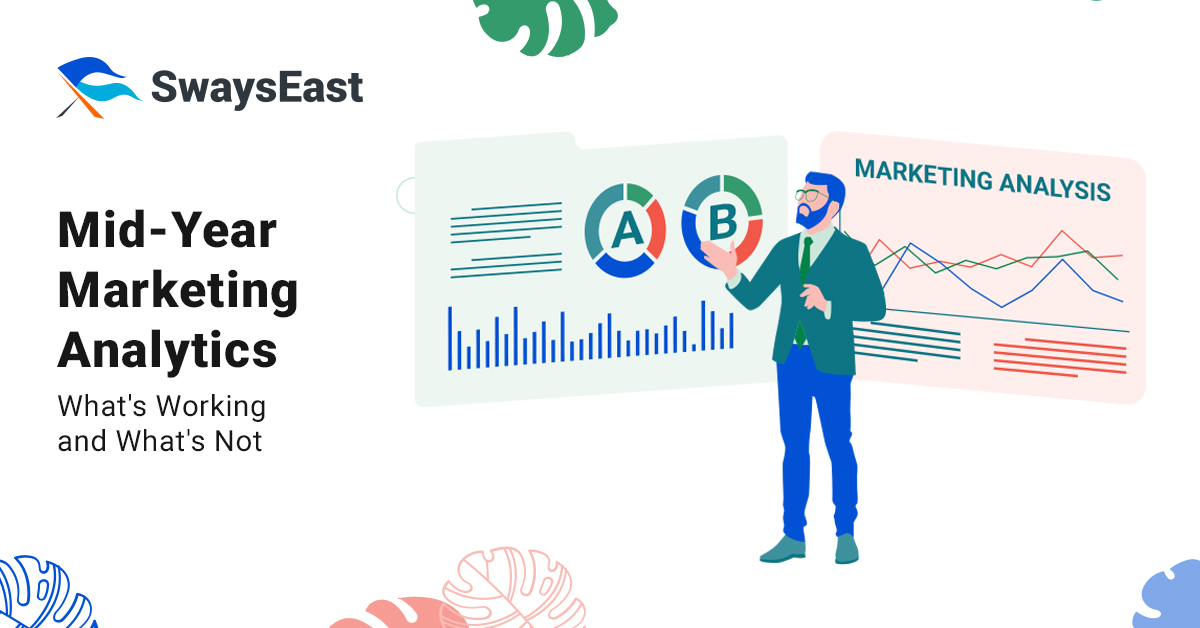As we approach the midpoint of the year, it’s time for businesses to conduct a comprehensive review of their marketing strategies. Whether you’re a local business in Baton Rouge or operating on a global scale, a mid-year assessment is essential to ensure your marketing efforts remain aligned with your objectives and are yielding the desired results. Let’s explore the significance of mid-year marketing analytics and how they can help you identify what’s working and what’s not in your marketing campaigns.
The Importance of Mid-Year Reviews
Regular assessments of your marketing strategy are crucial to staying on course and adapting to changing market dynamics. Here are some key reasons why mid-year reviews are essential:
- Course Correction: Mid-year reviews allow you to course-correct if your marketing efforts are not delivering the desired outcomes. By identifying areas of improvement, you can make adjustments to your strategy to maximize effectiveness.
- Data-Driven Insights: Analyzing marketing analytics provides valuable insights into the performance of your campaigns. By understanding what resonates with your audience and what doesn’t, you can refine your approach for better results.
- Adaptability: The digital landscape is constantly evolving, and what worked yesterday may not work tomorrow. Mid-year reviews help you stay agile and adapt your marketing strategy to emerging trends and consumer preferences.
Leveraging Marketing Analytics for Insights
Analyzing marketing analytics is key to understanding the effectiveness of your campaigns. Here are some steps to help you leverage marketing analytics for insights:
1. Go Back to the Beginning
Review the goals and objectives you outlined at the beginning of the year. Determine what still aligns with your overall objectives and what needs to be adjusted based on changing priorities.
2. Analyze the Analytics
Dig into your marketing analytics to track the performance of your campaigns. Look at metrics such as CPC, impressions, clicks, and conversion rates to gauge effectiveness. Identify trends and patterns to inform future decision-making.
3. Concentrate on Content
Evaluate the performance of your content to see if it’s resonating with your audience. Ask yourself questions like:
- Is the content still aligned with our goals?
- Are we reaching our target audience effectively?
- What insights can we gather from the data to improve content performance?
4. Identify What’s Working and What’s Not
Based on your analysis, identify what aspects of your marketing strategy are working well and which ones need improvement. Adjust your approach accordingly to optimize results.
5. Don’t Be Afraid to Move the Goal Line
Be open to making changes to your goals and objectives if needed. If certain aspects of your strategy are not delivering the desired results, don’t hesitate to pivot and reallocate resources to more effective tactics.
Prioritize Future Success
Looking ahead, prioritize the future success of your marketing efforts by:
- Setting clear goals and objectives for the next quarter.
- Building a roadmap for achieving your goals, breaking them down into manageable tasks.
- Holding regular check-ins to monitor progress and address any challenges.
- Sticking to your marketing strategy while remaining flexible to adapt to changing circumstances.
In conclusion, mid-year marketing analytics provide valuable insights into the effectiveness of your marketing efforts. By conducting a comprehensive review of your campaigns and leveraging data-driven insights, you can identify areas for improvement and optimize your strategy for success in the second half of the year. Stay proactive, adaptable, and data-driven to achieve your marketing objectives and drive business growth.
SwaysEast offers a suite of smart digital marketing tools to help brands create innovative solutions and experience their very own AI digital marketing success stories. Book a FREE APPOINTMENT today.

